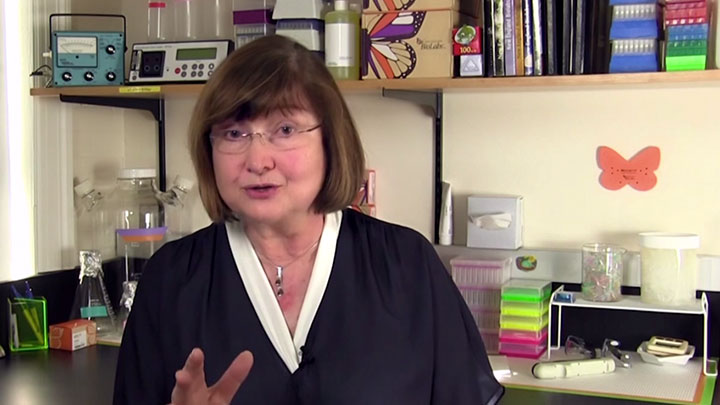Transformation Protocol for Using NEBridge® Golden Gate Assembly Kit (BsaI-HF®v2) (E1601)
For NEB 10-beta Competent E. coli:
- Thaw a 50 μl tube of NEB 10-beta Competent E. coli cells on ice for 10 minutes.
- Add 2 μl assembly reaction; gently mix by flicking the tube 4–5 times.
- Incubate on ice for 30 minutes.
- Heat shock at 42°C for 30 seconds.
- Place on ice for 5 minutes.
- Add 950 μl of room temperature NEB 10-beta/Stable Outgrowth Medium. Incubate at 37°C for 60 minutes, shaking vigorously (250 rpm) or using a rotation device.
- Warm LB agar plates containing chloramphenicol (for pGGA) or other appropriate antibiotic at 37°C.
- Mix the cells thoroughly by flicking the tube and inverting, then spread 50 μl of a 1:10 dilution (single inserts) or 50–100 μl (multiple inserts) of the 1 ml outgrowth onto each plate.
- Incubate the plate overnight at 37°C, or if desired, 24–36 hours at 30°C or 48 hours at 25°C.

